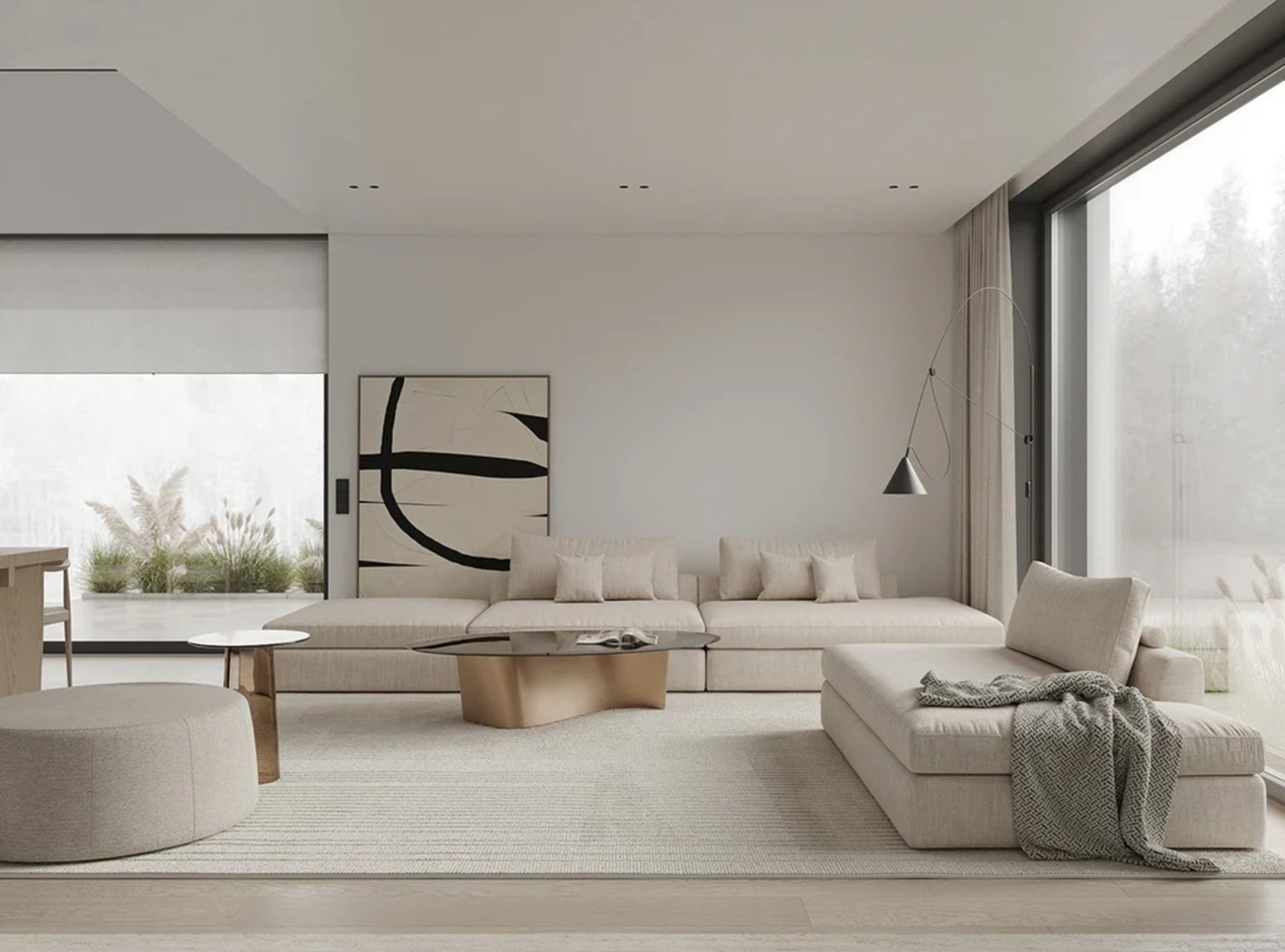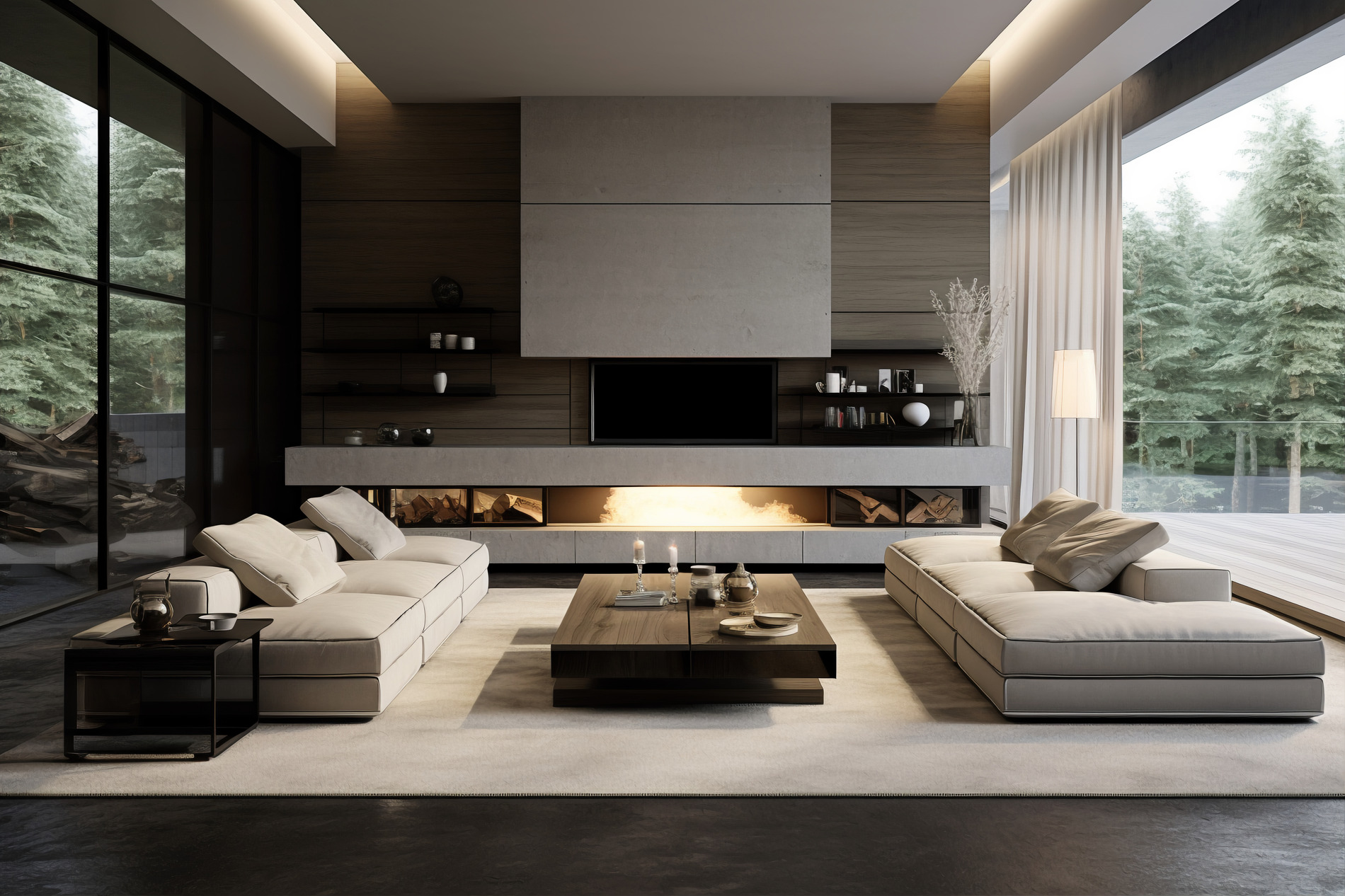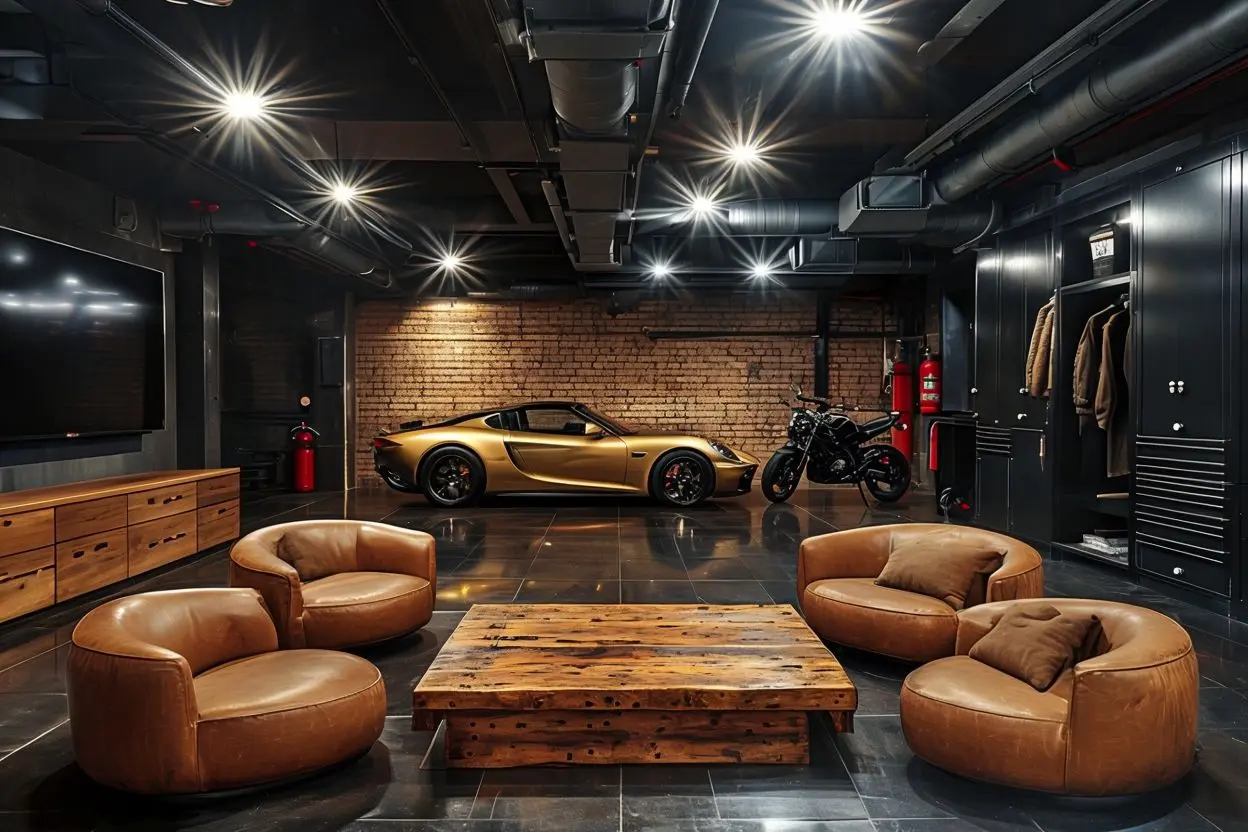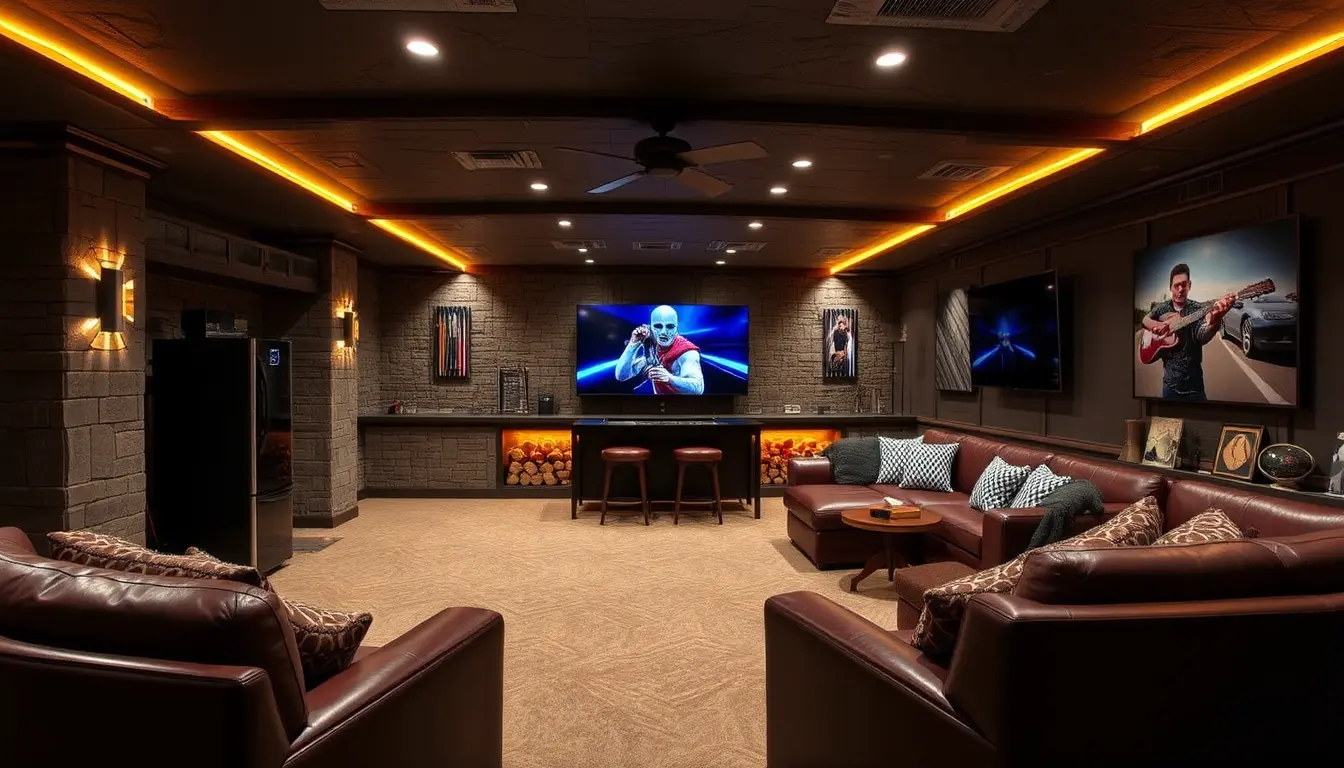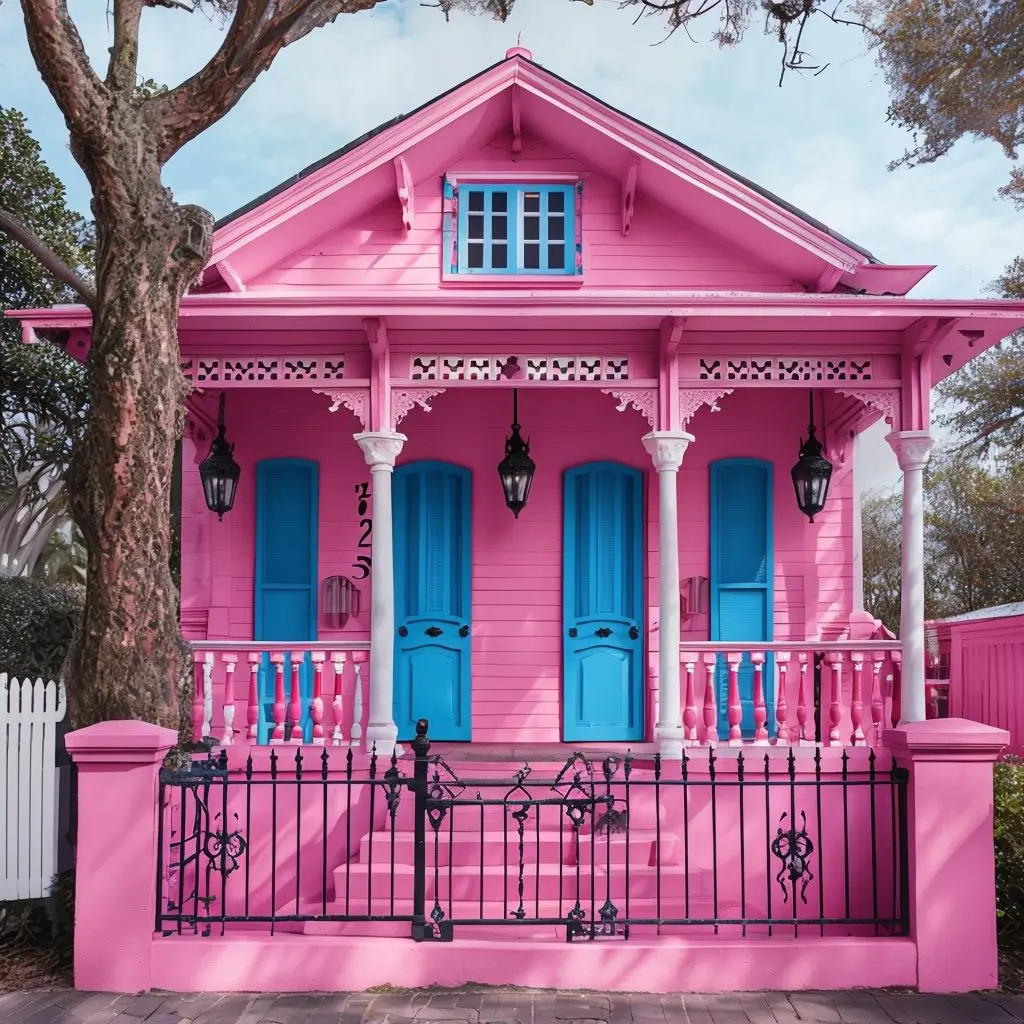Understanding the concept of negative space in design
Okay, let’s start with the basics. What the heck is negative space? Well, it’s pretty simple. Negative space is just the empty area around and between objects in a room. It’s like the breathing room for your stuff. Imagine your favorite painting. The subject of the painting is the positive space, while all the empty background is the negative space. Cool, right?
In-home design, negative space is your secret weapon for creating a calm, uncluttered look. It’s all about giving your eyes a place to rest. Think about it—when you walk into a room crammed full of furniture and knickknacks, it can feel overwhelming. But when there’s some empty space, your brain gets a chance to chill out. That’s the magic of negative space!
But here’s the thing – negative space isn’t just about looking good. It actually affects how we feel in that space. Studies have shown that cluttered environments can increase stress levels and make it harder to focus. On the flip side, rooms with well-balanced negative space can promote relaxation and clarity of thought. It’s like giving your brain a mini vacation every time you walk into a room!
How to use negative space effectively in different rooms
Now that we know what negative space is, let’s talk about how to use it in your home. The key is to start thinking about the empty spaces as important as the filled ones. In your living room, try leaving some bare wall space instead of covering every inch with art. It’ll make your favorite pieces stand out even more!
Let’s break it down room by room:
Living Room: This is often the heart of the home, so it’s a great place to start. Try removing one piece of furniture – maybe that extra side table or the ottoman you rarely use. Then, rearrange what’s left to create open pathways. This not only looks better but also improves the flow of the room. And here’s a pro tip: use a large area rug to define the seating area, leaving plenty of bare floor around it. This creates a visual “island” of comfort surrounded by calming negative space.
Bedroom: Your bedroom should be a haven of tranquility, and negative space is key to achieving this. Consider pushing your bed to one side instead of centering it. This creates a big chunk of negative space that can make the room feel larger and more peaceful. Keep your nightstands simple – maybe just a lamp and a book. And try to keep the floor clear, especially the space under your bed. A clutter-free floor can make the whole room feel more spacious and restful.
Kitchen: Ah, the kitchen – often the most cluttered room in the house! Start by clearing off your countertops. Keep only the essentials out and store the rest. You’ll be amazed at how calm your kitchen feels with some empty counter space! Here’s a trick: group necessary items (like utensils or spices) on trays. This creates purposeful negative space around the groupings and makes your counters look organized and intentional.
Home Office: In our work-from-home era, this space is more important than ever. The key here is to keep your desk clear except for the essentials. A computer, a notebook, and maybe a plant is plenty. Store everything else in drawers or on shelves. This creates a nice big area of negative space on your desk, which can help you focus and feel less stressed. And don’t forget about digital negative space – keep your computer desktop clean and organized too!
Bathroom: Even small spaces like bathrooms can benefit from negative space. Try clearing off your countertops and storing items in cabinets or drawers. A clear counter with just a nice soap dispenser and maybe a small plant can create a spa-like feel. And here’s a tip: use a clear shower curtain. It might seem counterintuitive, but it actually creates visual negative space by not blocking off part of the room.
Don’t forget about your shelves and bookcases. Instead of packing them full, leave some empty spaces between items. It’s like giving your books and decorations room to breathe. Plus, it looks super stylish and intentional. Try arranging items in small groups with space between them, or leave every other shelf empty for a bold, modern look.
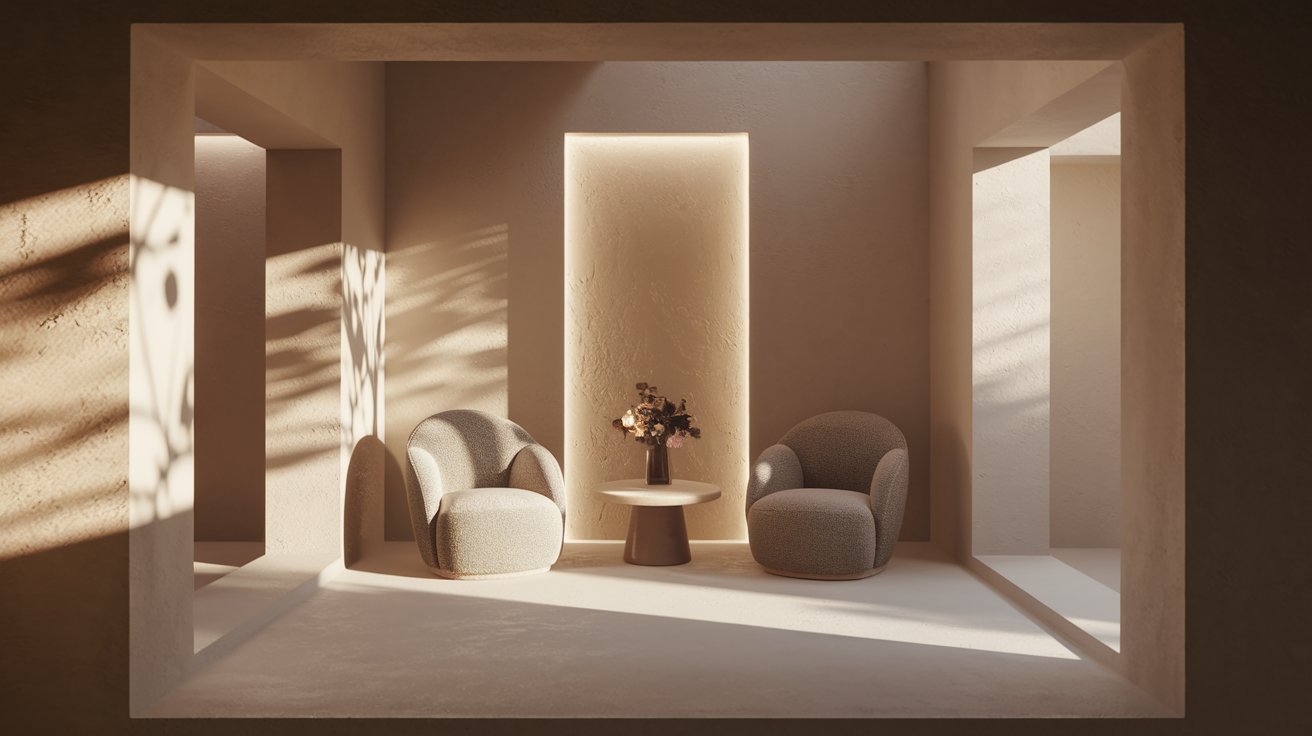
Balancing emptiness with functionality
Now, I know what you’re thinking. “But I need my stuff! I can’t just have empty rooms!” Don’t worry, we’re not suggesting you live in an empty box. The trick is to find the right balance between negative space and functionality.
Start by figuring out what you really need in each room. In your living room, you probably want comfortable seating, a place to put drinks, and maybe a TV. But do you need three side tables and a giant coffee table? Probably not. Try removing one piece of furniture and see how it feels. You might be surprised at how much more spacious and relaxing the room becomes.
Here’s a cool trick: use furniture with legs. Sofas, chairs, and even dressers that are raised off the floor create pockets of negative space underneath them. This can make a room feel lighter and more spacious without sacrificing functionality.
And let’s talk about storage. Clutter is the enemy of negative space, but we all have stuff we need to keep. The solution? Hidden storage. Look for furniture pieces that do double duty – like ottomans with storage inside, or beds with drawers underneath. This way, you can keep your essentials close at hand without cluttering up your visual space.
Remember, it’s all about finding what works for you. If you love to cook, you might need more kitchen tools out than someone who rarely cooks. That’s okay! The goal is to create intentional empty spaces, not to make your home unusable. Start by clearing everything out, then slowly add back only what you truly need and love. This process helps you appreciate each item more and creates a more mindful living space.
Common mistakes when incorporating negative space
Alright, let’s talk about some oopsies to avoid when you’re working with negative space. The biggest mistake people make is going overboard. You don’t want your home to feel empty or unlived. If you find yourself thinking, “This feels kind of sad,” you’ve probably gone too far. The key is to create balance – you want enough stuff to make your space feel cozy and personal, but enough emptiness to feel calm and spacious.
Another common mistake is creating awkward empty spaces. For example, pushing all your furniture against the walls can create a big empty space in the middle of the room that just feels weird. Instead, try floating your sofa in the room to create more natural-feeling areas of negative space. This also helps define different functional areas within a larger space.
Some folks make the mistake of thinking negative space means stark white walls everywhere. While white can be great for creating a sense of space, don’t be afraid of color! You can have colored walls and still create plenty of negative space with your furniture arrangement and decor choices. In fact, a bold accent wall can actually enhance the feeling of negative space around it.
Lastly, don’t forget about vertical space. Many people focus only on floor space, but the areas on your walls and even ceilings count too. Leaving some walls bare or choosing a light fixture that doesn’t visually fill up the ceiling can create a wonderful sense of openness. Try hanging curtains close to the ceiling instead of right above the window – this draws the eye up and creates a feeling of height and space.
Here’s a mistake I made when I first started playing with negative space: I forgot about texture. I thought minimalism meant everything had to be smooth and flat. However, too much visual smoothness can make a space feel cold and uninviting. The solution? Incorporate different textures to add interest without adding clutter. A chunky knit throw on a sleek sofa, or a rough woven basket next to a smooth cabinet can add depth and coziness to your space while still maintaining that minimalist vibe.
And here’s one last tip: don’t neglect your outdoor spaces! Patios, balconies, and gardens can all benefit from the thoughtful use of negative space. Instead of cramming your outdoor area with furniture and plants, try leaving some open areas. A bare patch of grass or an empty corner on your deck can make the whole space feel more expansive and relaxing.
So there you have it, friends! You’re now armed with the knowledge to rock negative space like a pro. Remember, creating a minimalist home isn’t about depriving yourself of things you love. It’s about making room for what matters and creating a space that feels calm, open, and uniquely you.
Why not give it a try? Start small – maybe clear off your coffee table and see how it feels. Or try removing one piece of art from your wall. Play around with it and have fun! Before you know it, you’ll be a negative space ninja, creating a home that’s both beautiful and functional.
And hey, don’t forget to share your minimalist makeover stories in the comments. We’d love to hear how embracing negative space has transformed your home. Has it made you feel more relaxed? More creative? Or maybe it’s helped you appreciate your favorite items even more? Whatever your experience, we’re all ears! Happy decorating, everyone!
